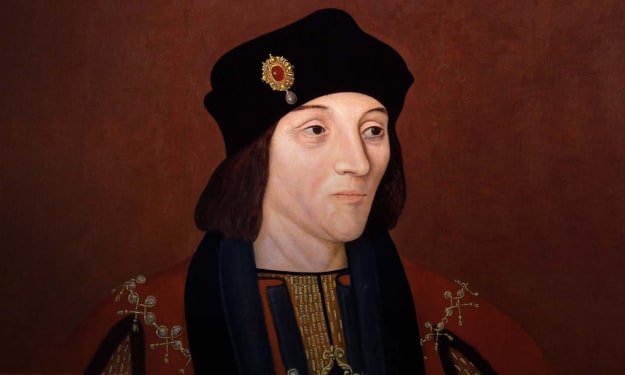
The London Underground, also known as the Tube, is the world’s oldest underground railway system and one of the busiest metro systems in the world, serving Greater London and some parts of the adjacent counties of Buckinghamshire, Hertfordshire and Essex. It has eleven lines, serving 272 stations and averages five-million passenger journeys a day. With its iconic roundel logo and distinctive map design, it has become a symbol of London itself.
The history of the London Underground is a fascinating tale of innovation, engineering prowess, and social impact. First opened in 1863, London Underground now consists of eleven lines, covering over 250 miles of track. The origins of the London Underground can be traced back to the mid-19th century, when the city was experiencing rapid population growth and congestion on its streets. In response to these challenges, several entrepreneurs and engineers proposed the construction of an underground railway system to alleviate traffic congestion and provide a faster means of transportation for Londoners.
One of the key figures in the history of the London Underground is Sir John Fowler, a civil engineer who played a crucial role in the construction of the Metropolitan Railway, the world's first underground railway. Fowler's innovative designs and engineering expertise were instrumental in the successful completion of the railway, which opened to the public in 1863. It now connects all areas of London, from the bustling city centre, to the leafy suburbs - making it an essential mode of transport for millions of people every day.

One of the most impressive aspects of the London Underground, is its efficiency. Despite its age and complexity, trains run regularly throughout the day and night, ensuring that passengers can always reach their destination in a timely manner. The network is constantly being upgraded and expanded to meet the growing demands of a rapidly expanding city. Transport For London - TFL - put all the money they make from journeys, back into improving the network.
But it's not just about getting from A to B - the London Underground is also a cultural icon. Its stations are home to some stunning examples of architecture, from the grandeur of Westminster, to the art deco splendour of Arnos Grove.
The impact of the London Underground on the city of London cannot be overstated. The rapid transit system revolutionised the way people moved around the city, making it easier and faster for commuters to travel to work, school, and leisure activities. The Tube also played a significant role in the development of London as a major urban centre, facilitating economic growth and urban expansion.
Over the years, the London Underground has seen numerous expansions and improvements, with new lines and stations being added to the network to meet the growing demand for public transportation. The construction of the Victoria Line in the 1960s and the Jubilee Line in the 1990s were major milestones in the history of the Tube, bringing new levels of efficiency and convenience to Londoners.
Influential individuals who have made significant contributions to the field of the London Underground include Frank Pick, the managing director of London Underground in the early 20th century. Pick was responsible for commissioning some of the most iconic designs and artwork associated with the Tube, including the famous roundel logo and the distinctive architectural style of many stations.
Another influential figure in the history of the London Underground is Harry Beck, the designer of the iconic Tube map. Beck's innovative approach to mapping the complex network of underground lines revolutionized the way people navigated the Tube, making it easier for passengers to plan their journeys and find their way around the city.
And let's not forget about the famous "Mind the Gap" announcements or the unique quirks of each line, such as the ghost stories associated with Aldwych station. There are many ghost stories surrounding the station. There have been numerous so-called sightings of ghosts over the years. People see a man in uniform – thought to be a member of staff who lost their life there, human singing and the scent of cigarettes and perfume can be smelt, and even lost souls, who were dumped in a 6ft-deep pit near one of the platforms, by a man who claimed he would organise the burials of loved ones in a local church.
One of the most well -know stories however, is that of troubled thespian Francis Maria Kelly. She was the star of a show in the late 19th century, at a theatre near to the station – the Royal Strand Theatre. She is said to haunt the station in sorrow and despair, as her career ended alongside the closure of the theatre.

Despite its many successes, the London Underground has also faced challenges and criticisms over the years. Issues such as overcrowding, delays, and maintenance issues have plagued the system at times, leading to frustration among passengers and calls for improvements from advocacy groups and politicians. But despite these challenges, there's no denying that the Tube plays a vital role in keeping London moving.
Looking ahead, the future of the London Underground looks promising, with plans for further expansions and upgrades to the network in the works. The introduction of new technologies such as driverless trains and contactless payment systems are expected to improve the efficiency and convenience of the Tube, ensuring that it continues to serve the growing population of London for years to come. So next time you find yourself in London, make sure to take a ride on the Underground. Whether you're a local commuter or a curious tourist, it's an experience not to be missed. Just remember to mind the gap!
About the Creator
Rebecca Smith
She/Her
Just be f*cking nice 🙌
Enjoyed the story? Support the Creator.
Subscribe for free to receive all their stories in your feed. You could also pledge your support or give them a one-off tip, letting them know you appreciate their work.
Reader insights
Outstanding
Excellent work. Looking forward to reading more!
Top insights
Expert insights and opinions
Arguments were carefully researched and presented
On-point and relevant
Writing reflected the title & theme






Comments
Rebecca Smith is not accepting comments at the moment
Want to show your support? Send them a one-off tip.